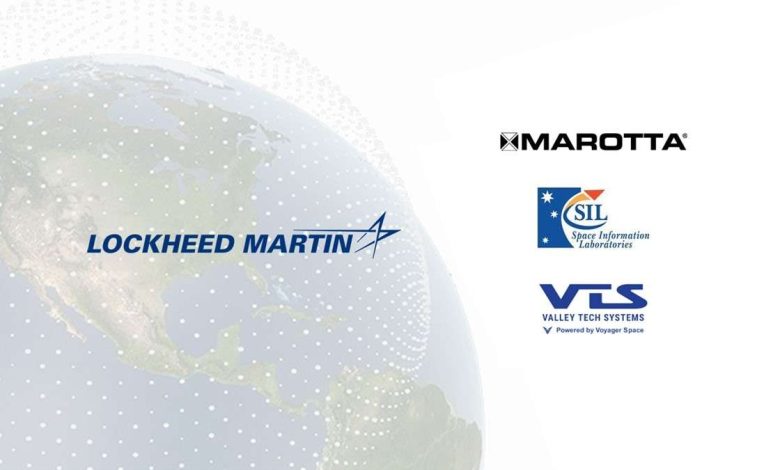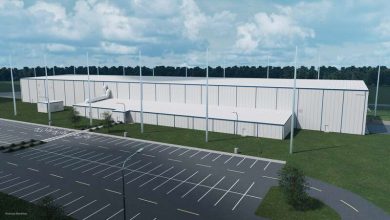
“Transforming Tomorrow: LM’s Innovative Interceptor Initiative Revolutionizes Defense Supply Chains”
Lockheed Martin, via its Next Generation Interceptor (NGI) initiative, is collaborating with three small enterprises to bolster the defense industrial ecosystem. This effort is part of the Department of Defense (DoD) Mentor-Protégé Program, which motivates primary contractors to act as mentors in enhancing the technical and commercial skills of smaller firms.
As a result of this initiative, the Missile Defense Agency has granted Lockheed Martin three contracts, each set to last up to two years. Lockheed Martin will engage with Marotta Controls, Space Information Labs (SIL), and Valley Tech Systems (VTS) to facilitate the advancement of cutting-edge engineering and technological proficiencies, including model-based engineering and the digital thread. Participation in this program grants them valuable insights into expanding their operations.
“The Mentor-Protégé Program enables us to eliminate obstacles for small businesses; when smaller enterprises succeed, we all thrive,” stated Sarah Reeves, vice president of NGI at Lockheed Martin. “Lockheed Martin is committed to the effectiveness of this program, hence our mentorship of three unique companies while supporting them through our NGI development.”
- Marotta Controls is a family-operated small enterprise focused on sub-systems for the aerospace and defense industries, located in Montville, NJ.
“Marotta Controls is honored to participate in Lockheed Martin’s Mentor-Protégé Program. As a small enterprise, Marotta Controls recognizes the significance of backing from a leading defense contractor. We eagerly anticipate our ongoing development as a nimble partner committed to our objective of supporting the warfighter and our nation’s security,” commented Patrick Marotta, President & CEO.
- SIL is a woman-owned small enterprise that designs, manufactures, and environmentally certifies Li-Ion Intelli-Pack® Batteries, AFTU, and Space Based Range flight units for various aerospace platforms, situated in Santa Maria, CA.
“SIL is privileged to be chosen by Lockheed Martin through the Mentor-Protégé Program to enhance our ability to manufacture and deliver important technologies for national defense initiatives,” remarked Edmund Burke, President & Founder of SIL.
- VTS, in association with Voyager Space, is a small enterprise specializing in aerospace propulsion, operating in Folsom, CA, and Reno, NV.
“Valley Tech Systems is thrilled to be selected by Lockheed Martin as a protégé under the DoD Mentor-Protégé Program. Lockheed Martin’s mentorship will enrich and strengthen our engineering, manufacturing, supply chain, and mission assurance processes—allowing VTS to expedite the deployment of our advanced controllable solid propulsion technology to boost homeland defense and safeguard our warfighters,” stated Phil Csik, VTS Program Manager.
Lockheed Martin is already collaborating with these firms as subcontractors to devise, mature, and deploy hardware in support of the NGI program, utilizing advanced technologies nurtured through the DOD’s Small Business Innovation Research (SBIR) and Small Business Technology Transfer (STTR) Programs.
NGI will be integrated into the existing Ground-based Midcourse Defense (GMD) Weapon System, designed to shield the U.S. homeland from intercontinental ballistic missile threats posed by rogue states. Lockheed Martin’s NGI program has formed a strategic, adaptable, and progressive team—including small businesses—to furnish the Missile Defense Agency (MDA) with this essential national security capability.







